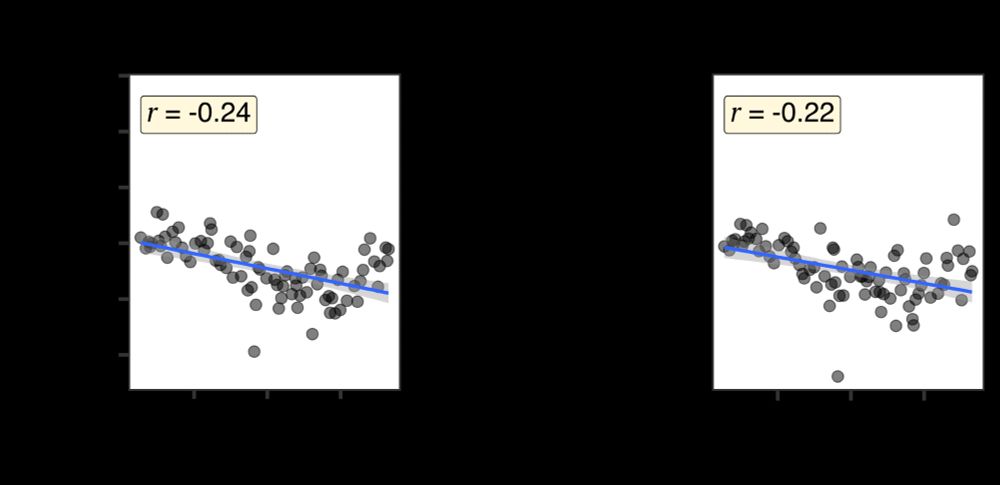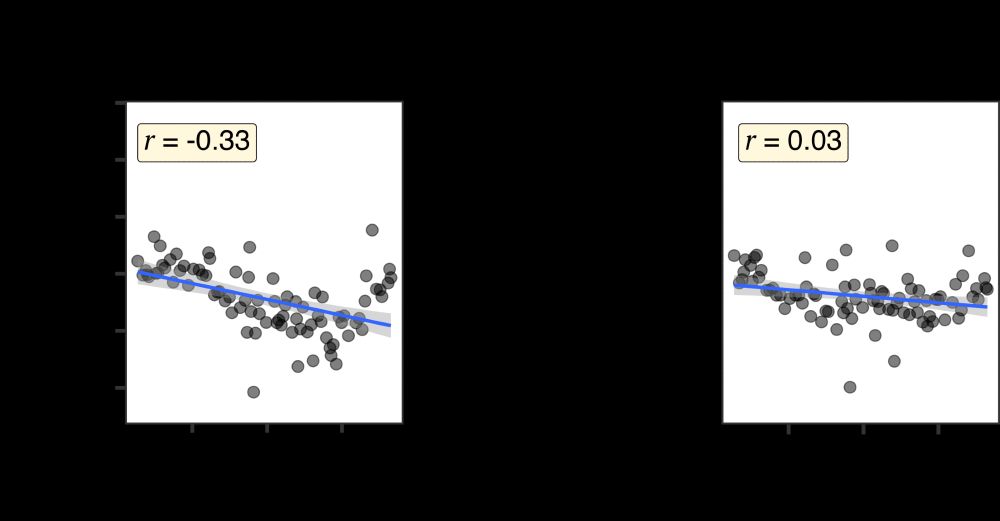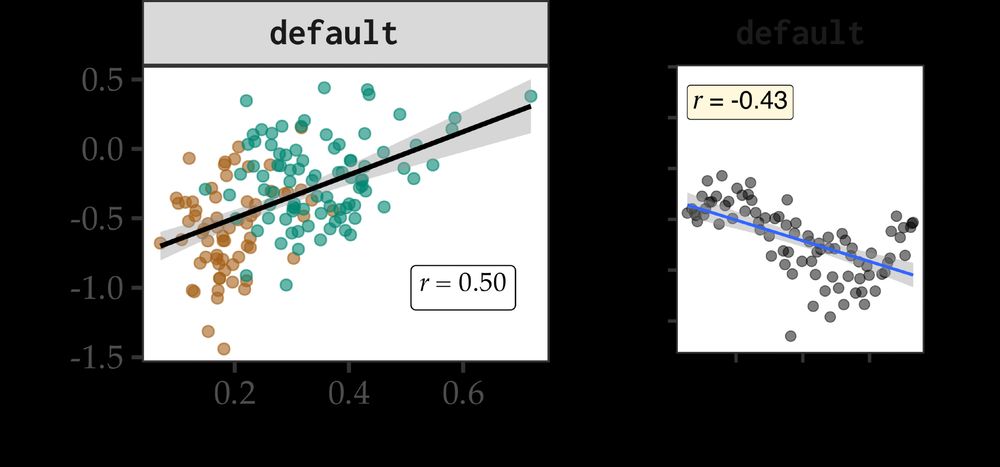
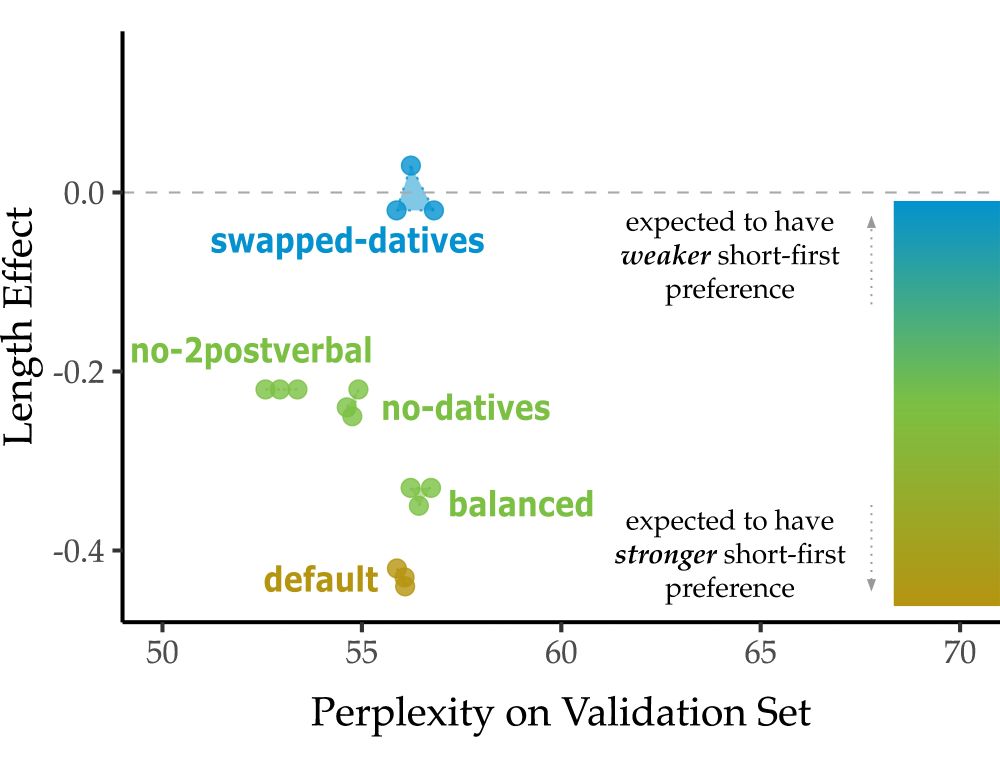
-Short-first: [tools] use [the primates] [[to] eat [[the] [green] coconuts [from the shop]]]
-Long-first: [[[from the shop] [the] coconuts [green]] eat [to]] use [the primates] [tools]
-Short-first: [tools] use [the primates] [[to] eat [[the] [green] coconuts [from the shop]]]
-Long-first: [[[from the shop] [the] coconuts [green]] eat [to]] use [the primates] [tools]
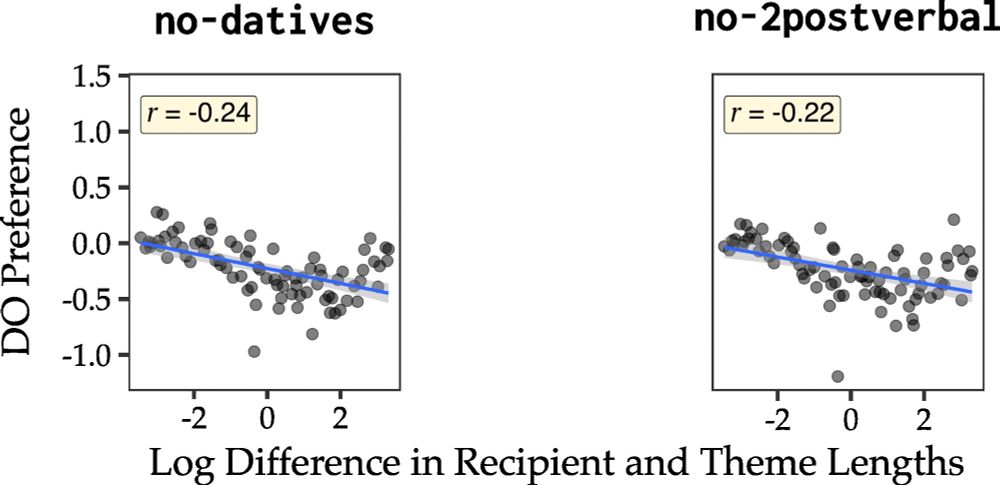
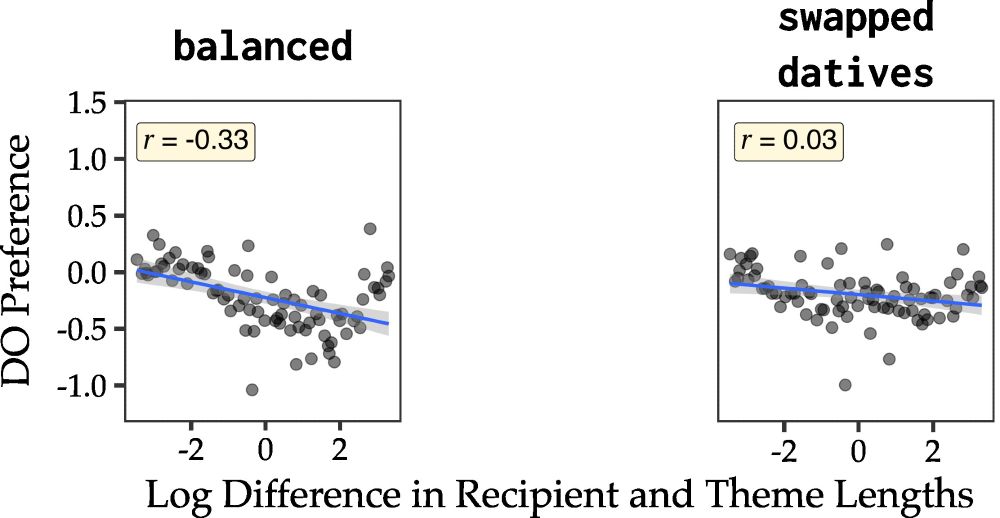
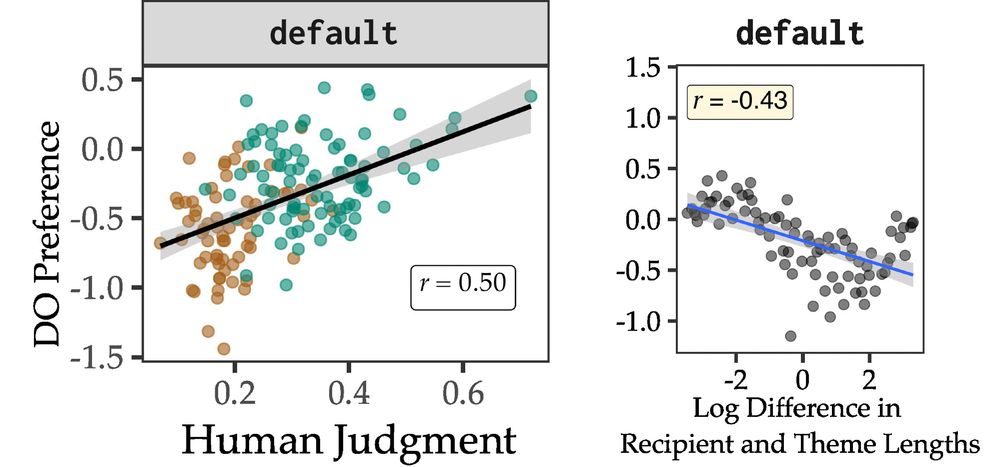
- Short-first: [tools] use [the primates] [[to] eat [[the] [green] coconuts [from the shop]]]
- Long-first: [[[from the shop] [the] coconuts [green]] eat [to]] use [the primates] [tools]
- Short-first: [tools] use [the primates] [[to] eat [[the] [green] coconuts [from the shop]]]
- Long-first: [[[from the shop] [the] coconuts [green]] eat [to]] use [the primates] [tools]
